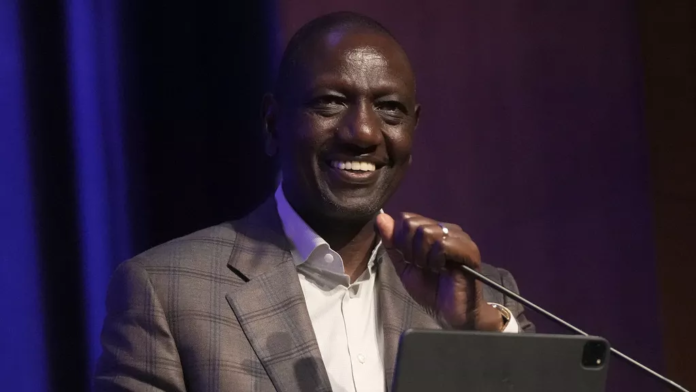The International Monetary Fund (IMF) announced on Thursday that it had reached an agreement on a $938 million (€864 million) loan for Kenya, an East African country facing liquidity problems and economic difficulties.
Kenya’s economy, the locomotive of East Africa, has been severely shaken by COVID-19, followed by the shock waves of war in Ukraine and a historic drought in the Horn of Africa.
Public debt in the country of some 53 million inhabitants stood at over 10,100 billion shillings (64.4 billion euros) at the end of June, according to Treasury figures, representing around two-thirds of gross domestic product.
Kenya is under pressure “on its liquid assets, mainly due to the large Eurobond maturing” in June 2024 in the amount of $2 billion, according to the IMF, which notes, however, a recovery in the agriculture and tourism sectors.
William Ruto announced that the country would repay a first tranche of $300 million in December.
This agreement still has to be validated by the IMF’s Executive Board, which meets in January. If approved, Kenya will have immediate access to $682 million, according to the financial institution.
“The economy has shown resilience, with real GDP growth of 5.4% in the first half of 2023, mainly thanks to a solid recovery in the agricultural sector following the return of the rains,” noted the IMF in a statement.
Although inflation has slowed (+6.9% year-on-year in October), prices for petrol, basic foodstuffs, and energy remain high.
The cost of servicing the country’s public debt, mainly to China, has risen sharply with the collapse of the currency.
In an attempt to reduce its debt, the government of President William Ruto has prepared a budget – highly unpopular with the population and which has led to sometimes violent demonstrations – including numerous new taxes expected to raise 289 billion shillings (2 billion euros), to top up the 3,600 billion shillings (24 billion euros) budget planned for 2023-24.
MORE:

